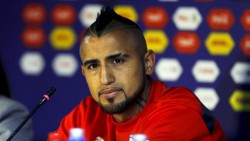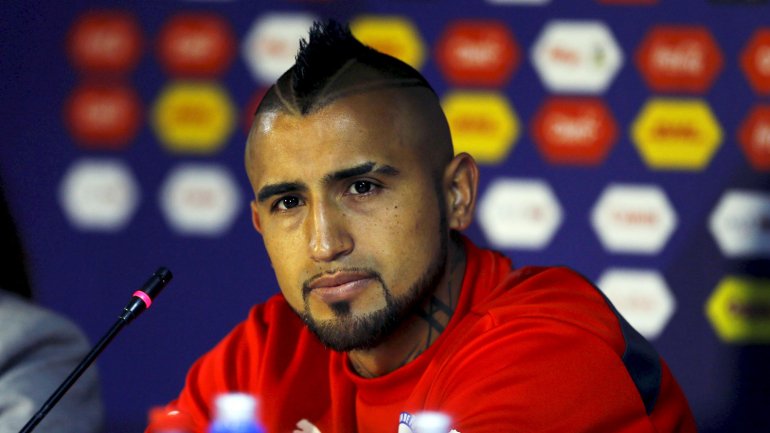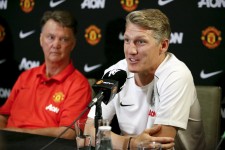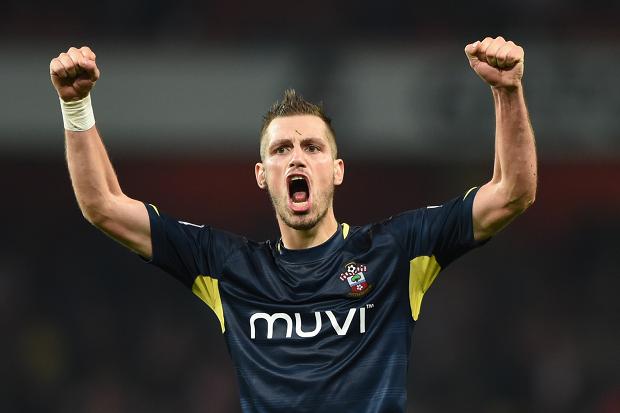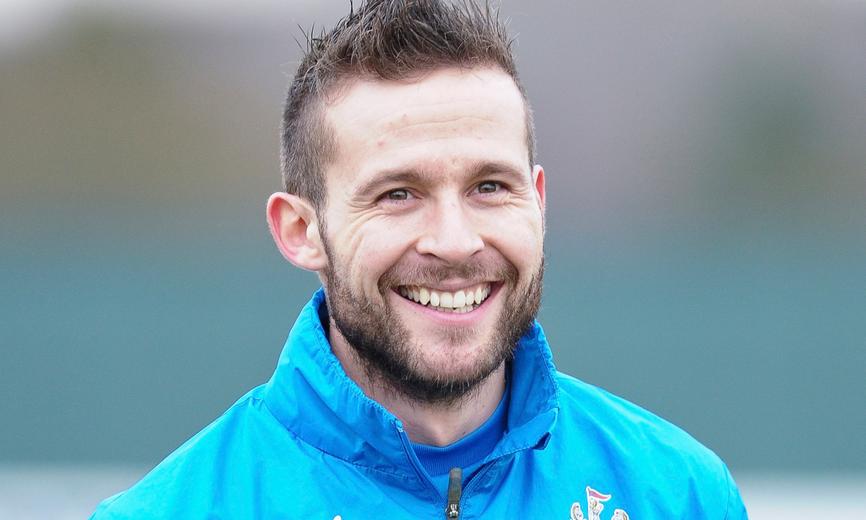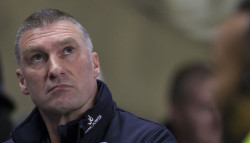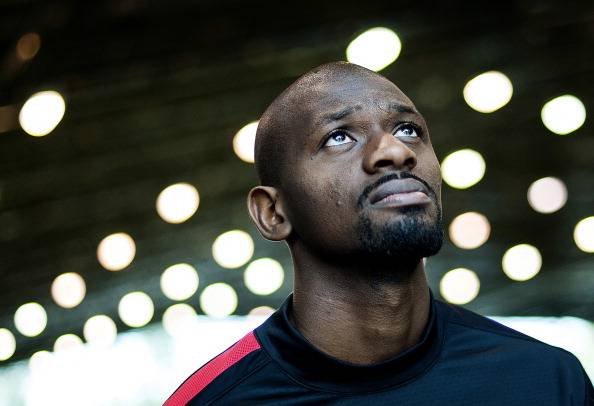

“We are committed to assembling the best roster that will compete for championships year in and year out,” were the words of the LA Galaxy president Chris Klein who last week saw Giovanni Dos Santos fill his team’s third designated player slot.
Currently side-lined with an abductor injury suffered whilst away with Mexico in the Gold Cup, Dos Santos is not due to make his debut for the Galaxy until August, but when he does he will join Robbie Keane and Steven Gerrard as Klein, together with head coach Bruce Arena, strives towards achieving his aim of repeated success.
“Giovani is a special player,” said Arena. “He has experience and success competing at the highest level and we believe he will only continue to develop. We are happy to add him to our roster and have confidence he can be an integral part of our success going forward.” Dos Santos undoubtedly possesses the talent to gratify Arena’s optimism and the 11 goals and 8 assists he managed in La Liga just two seasons ago suggests he will not look at of place alongside Keane and Gerrard.
Of course, that is if he produces the form he is widely known to be capable of on a regular basis. Too often Dos Santos has been the underwhelming anti-climactic winger who followed up that excellent year for Villarreal with just one goal and three assists from 27 games last season.
From being named the world’s 5th most exciting player by World Soccer Magazine after breaking into the Barcelona senior team in 2007 to make his debut aged 18, now to the MLS via loan spells at Galatasaray and Ipswich Town, Dos Santos has failed to settle in anywhere since switching to Spurs in 2008 and his talent has suffered for it.
Despite enjoying a successful career with Mexico since making his debut 8 years ago, his club career has simply failed to replicate the same success that won him the Gold Cups of 2009 and 2011 with his country, as well as the Olympics with the under 23s in 2012.
He is the holder of 90 caps for El Tri and scorer of the goals that beat USA in the final of the 2011 Gold Cup and threatened to dump Holland out of last year’s World Cup in the last-16 stage. Veteran of two World Cups and runner-up for the Young Player of the Tournament award in South Africa in 2010, Dos Santos’s tales of his time with the national team will be full of fulfilment and content. At club level however the 26 year old just hasn’t managed to find his way since being billed as the “new Ronaldinho.”
Maybe the sizeable task of living up to that name of having the tag of being a graduate from Barcelona’s famed La Masia academy is the main factor behind the Mexican’s failure to realise his true potential at club level, or rather it could be the misfortunate timing with his managers.
Frank Rijkaard, who integrated Dos Santos into Barca’s senior team as a teenager in 2007/08, a season that ended with a hat-trick in the 5-3 win over Real Murcia, was that summer replaced by Pep Guardiola who immediately sold the winger to Tottenham.
Juande Ramos was the Spurs coach who brought Dos Santos to White Hart Lane and by that October he was fired and in came Harry Redknapp who the Mexican said stymied his progress in London. “It was very frustrating for me because, like every footballer, I just wanted to play. I’d prepare for a game every three days, then not play.”
Dos Santos started just 11 games for Spurs, mainly in the cups as he failed to make a single start in league competition, and four years later, after unsuccessful loans to Ipswich, Galatasaray and Racing Santander, he signed for Mallorca. Despite relegation he finished top scorer with six goals and racked up seven assists, attracting newly promoted Villarreal.
His first season with the Yellow Submarine on top of his year with Mallorca hinted at a resurgence in form but his second year, spent with his brother Jonathon after he followed suit by moving from Barcelona, duly stamped that. Now, La Galaxy have offered Dos Santos the chance to turn his career around in the Americas.
Galaxy have chased Dos Santos for the past four years but have previously been restricted by the MLS guidelines that limit teams to three designated players. A change in the rules this summer allowed a down payment to be made on the contract of Omar Gonzalez, which then freed up one of the DP spots for Dos Santos.
The Mexican will add pace, flashy technique and the benefit, unlike Keane and Gerrard, of having yet to reach the peak of his talents at 26. It is also hoped that his arrival will gain the team more followers from southern California’s Mexican American community, in which it currently enjoys little presence.
“He has the individual flair that sometimes we lack in the final third of the field,” Arena said. “His running off the ball’s good. He can go by people. He has an excellent first touch. He’s a finisher. He can pass. “He’s got all those great little qualities in and around the penalty area.”
They are qualities apparent to many familiar with Dos Santos since he broke onto the scene with Barcelona. Now he is back in the west, he has a great chance to deliver consistently on the vast billing he has never quite realised.
Written by Adam Gray
Follow Adam on Twitter @AdamGray1250
Like O-Posts on Facebook
You can also follow O-Posts on Twitter @OPosts





